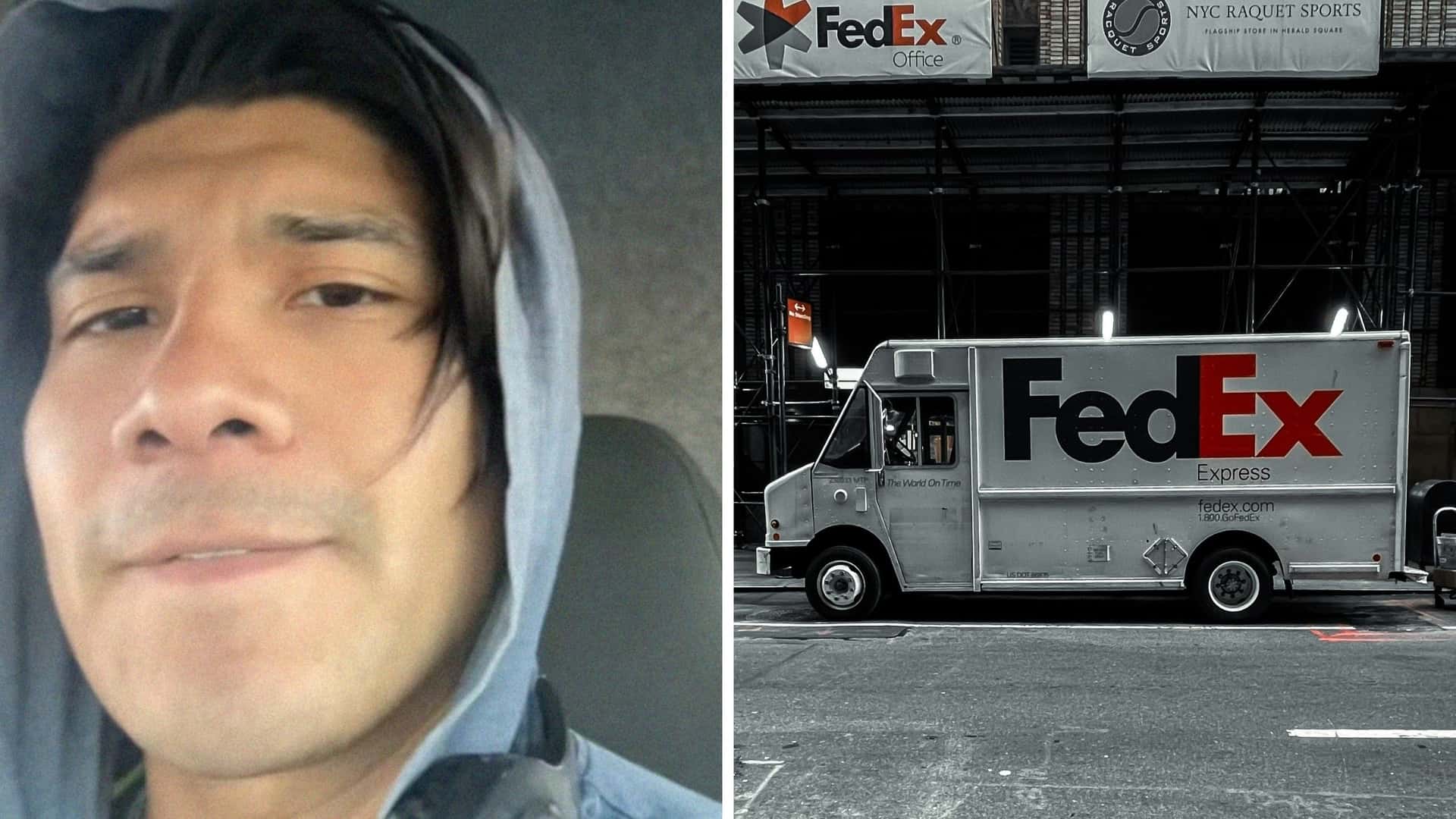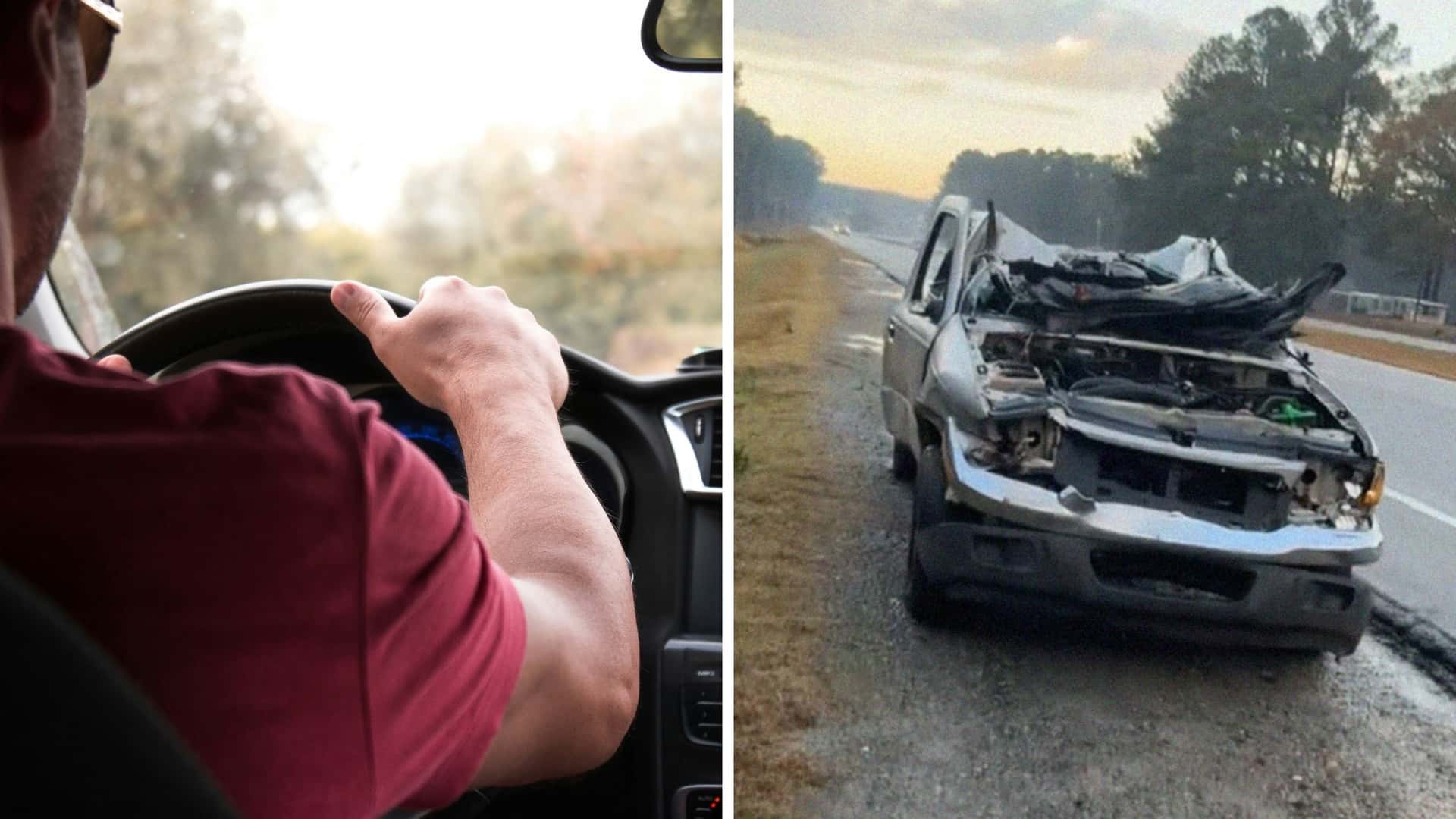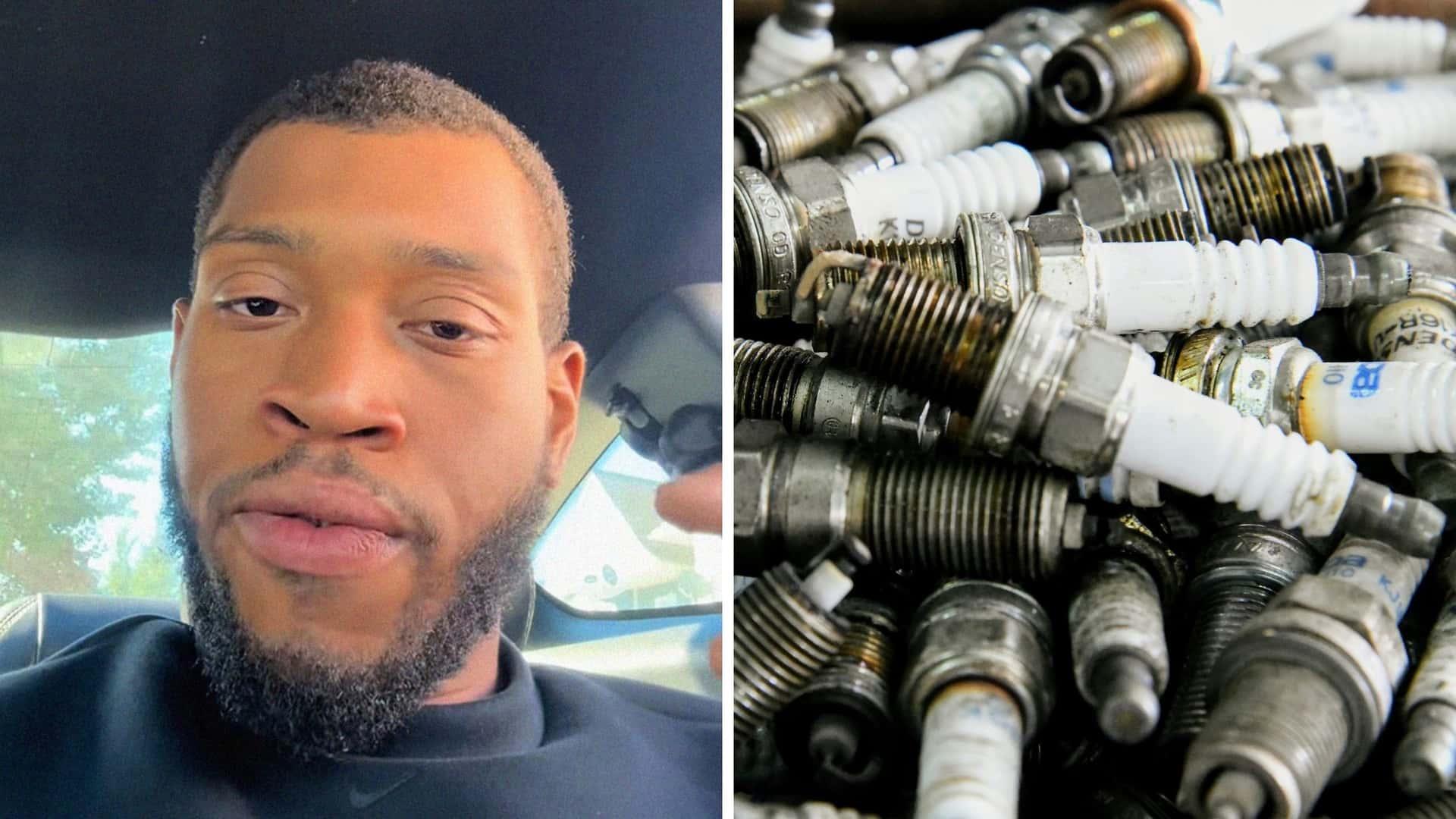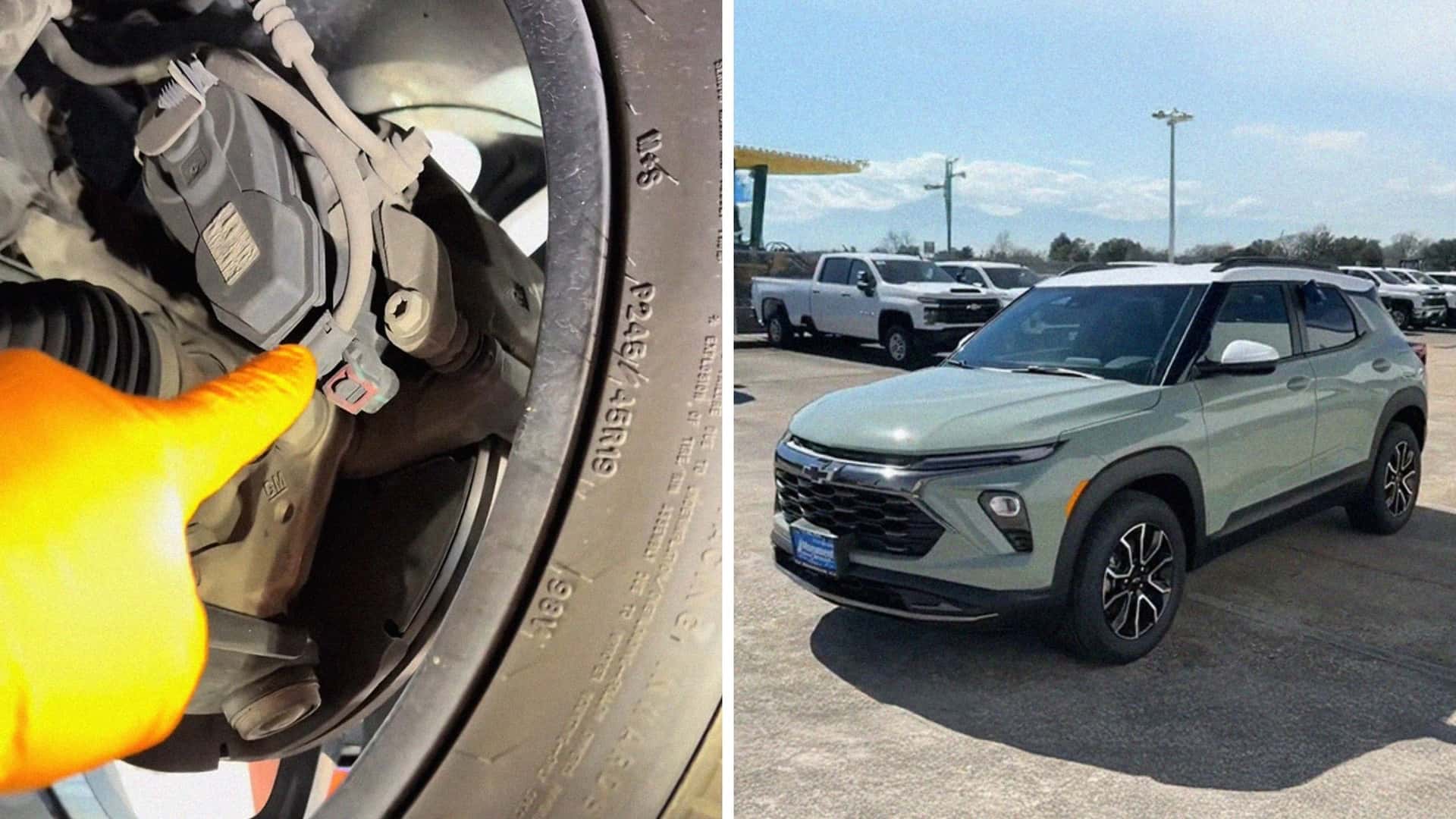Source: 'That's How I Found Out:' Mechanic Shares 2-Second Hack to Check if a Car Was Wrecked. Does It Work?




© TopCarNews Network. All Rights Reserved. Designed by TopCarNews